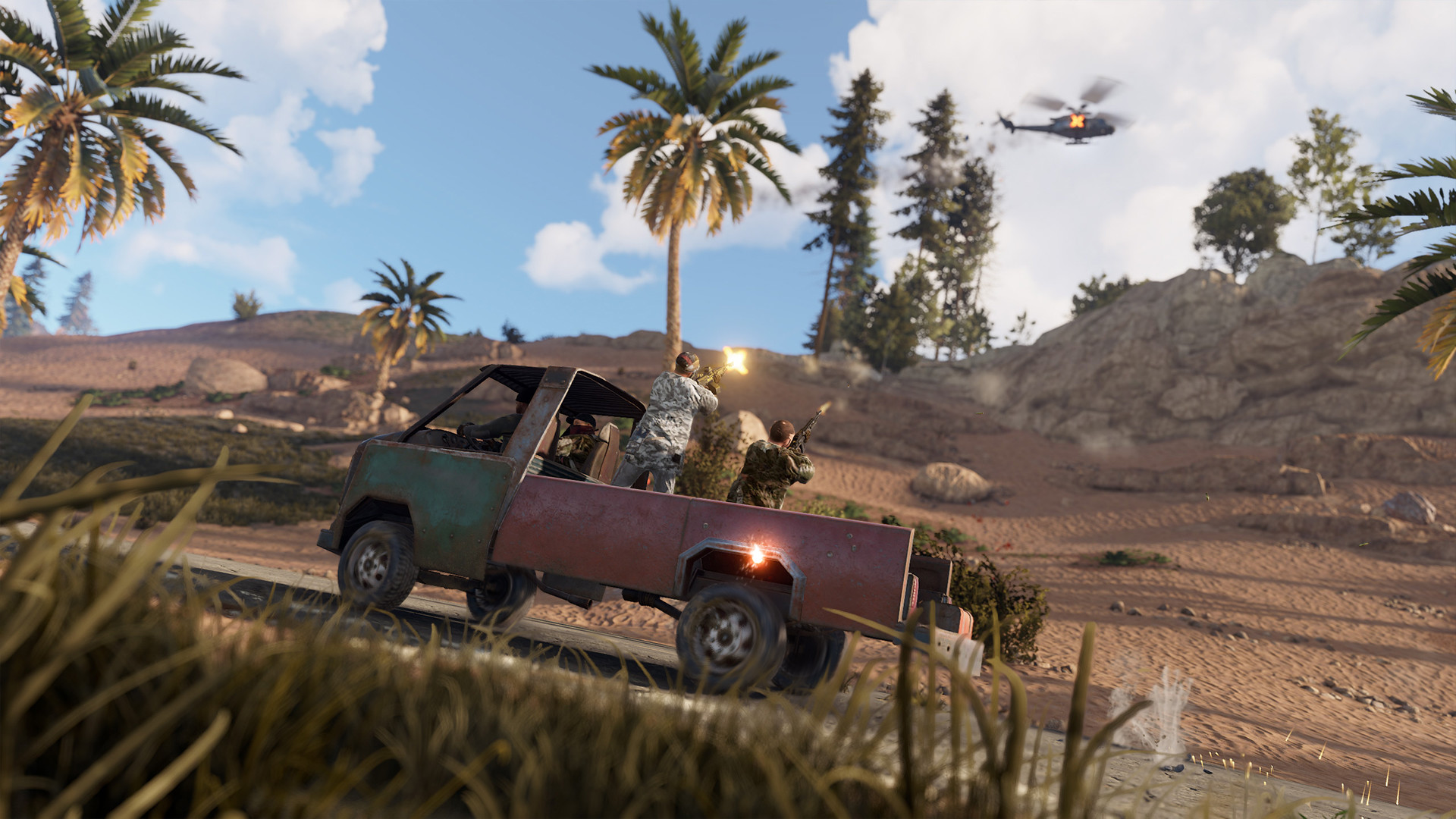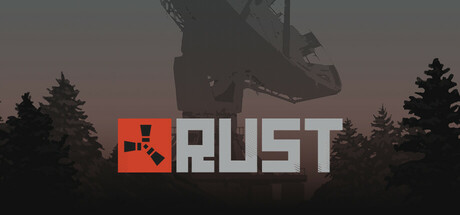Rust — Preliminary Review
Author: NewGamer | Released: Feb 8, 2018
Quick Pitch
Rust is a brutal sandbox survival game with one clear goal: survive. You spawn naked with only a rock and a torch on an island where wildlife, weather, monuments, and most importantly other players want you dead. Over more than a decade, the game has grown from a rough early-access test into a massive, player-driven world filled with base-building, raiding, vehicles, automation, and countless stories. As a result, every session feels unpredictable and tense.
What Rust Is
Rust has no fixed storyline. Instead, the story comes from what happens on each server. Every match is full of alliances, betrayals, raids, and improvisation. Because of this, each playthrough feels unique and often dramatic. The rules are simple but harsh: manage food, health, and warmth; scavenge and craft; build a base; and choose whether to help or hunt others. Therefore, the drama emerges from player encounters rather than scripted quests.
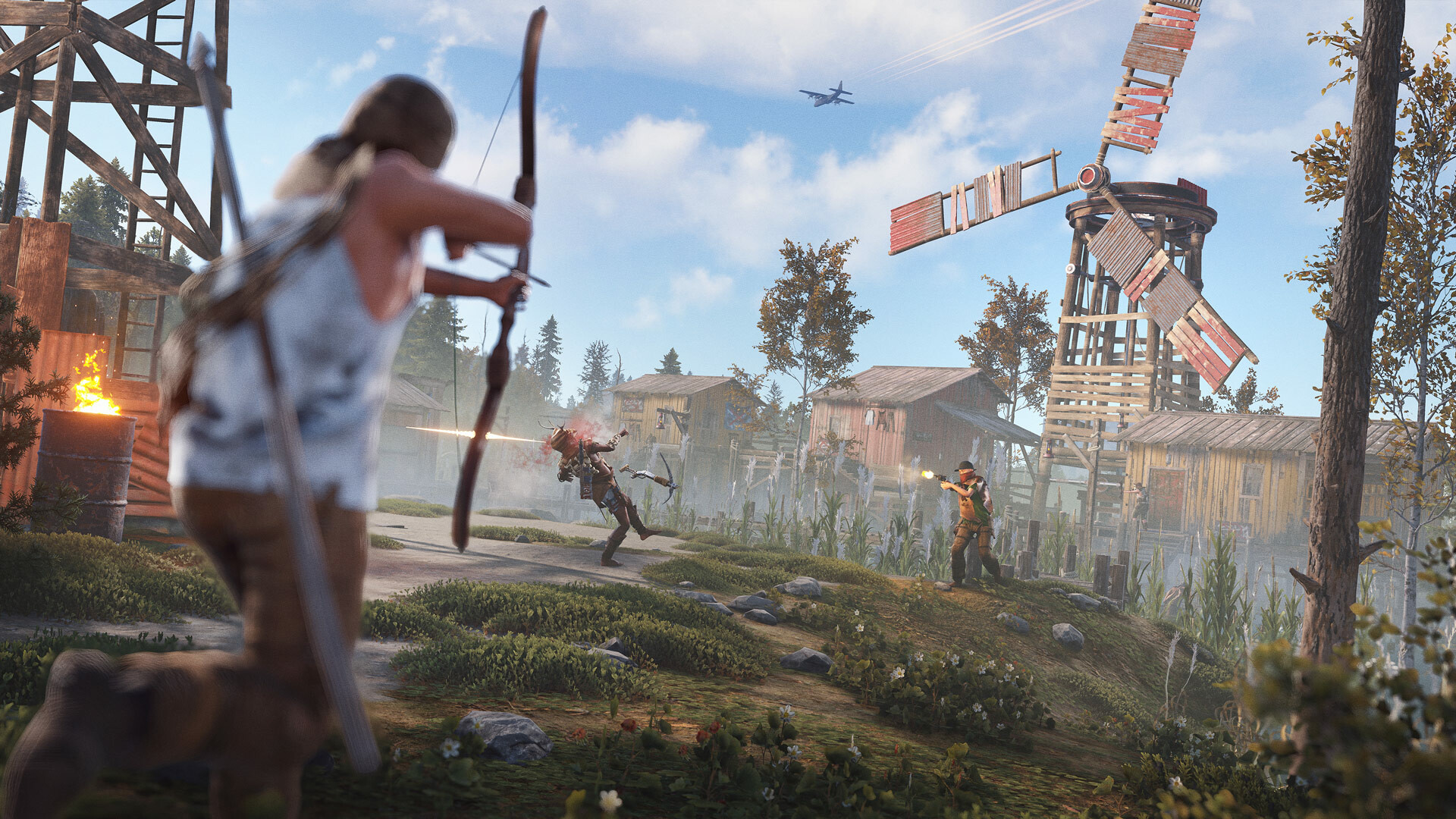
Core Gameplay Mechanics
- Start-from-scratch survival: Spawn with almost nothing, gather resources, and climb the tech tree through research and crafting.
- Base building & raiding: Build strongholds to protect loot, or raid others to steal theirs. Raiding defines server balance and long-term play.
- Advanced systems: Farming, electricity, automation, and vehicles create deeper loops beyond simple PvP.
- Travel & transport: Move across the map with horses, cars, trains, helicopters, balloons, boats, or bikes. This variety makes movement strategic.
- Procedural worlds & mods: Maps are randomly generated, yet server mods and custom maps allow endless variety.
- PvE content: AI factions, monuments, and underwater zones add threats beyond players.
- Social features: Instruments and performances provide rare but meaningful moments of peace.
Visuals and Audio
Recently, Rust received a major graphics overhaul. As a result, the terrain, lighting, and water now look sharper and more detailed. However, the developers kept the gritty style that matches the game’s harsh tone. Sound design is equally strong. Weapons crack, wildlife growls, and ambient noises create tension. At the same time, musical instruments add warmth that breaks the lonely, hostile mood.
Updates and Longevity
Rust’s long life is one of its biggest strengths. Now in its 11th year, it has received over 385 updates, including one patch every month. These bring balance tweaks, new monuments, AI upgrades, weapons, vehicles, and events. For example, the 2025 update added siege weapons, shields, and a new game mode. Consequently, it’s clear the developers are still pushing forward instead of slowing down.
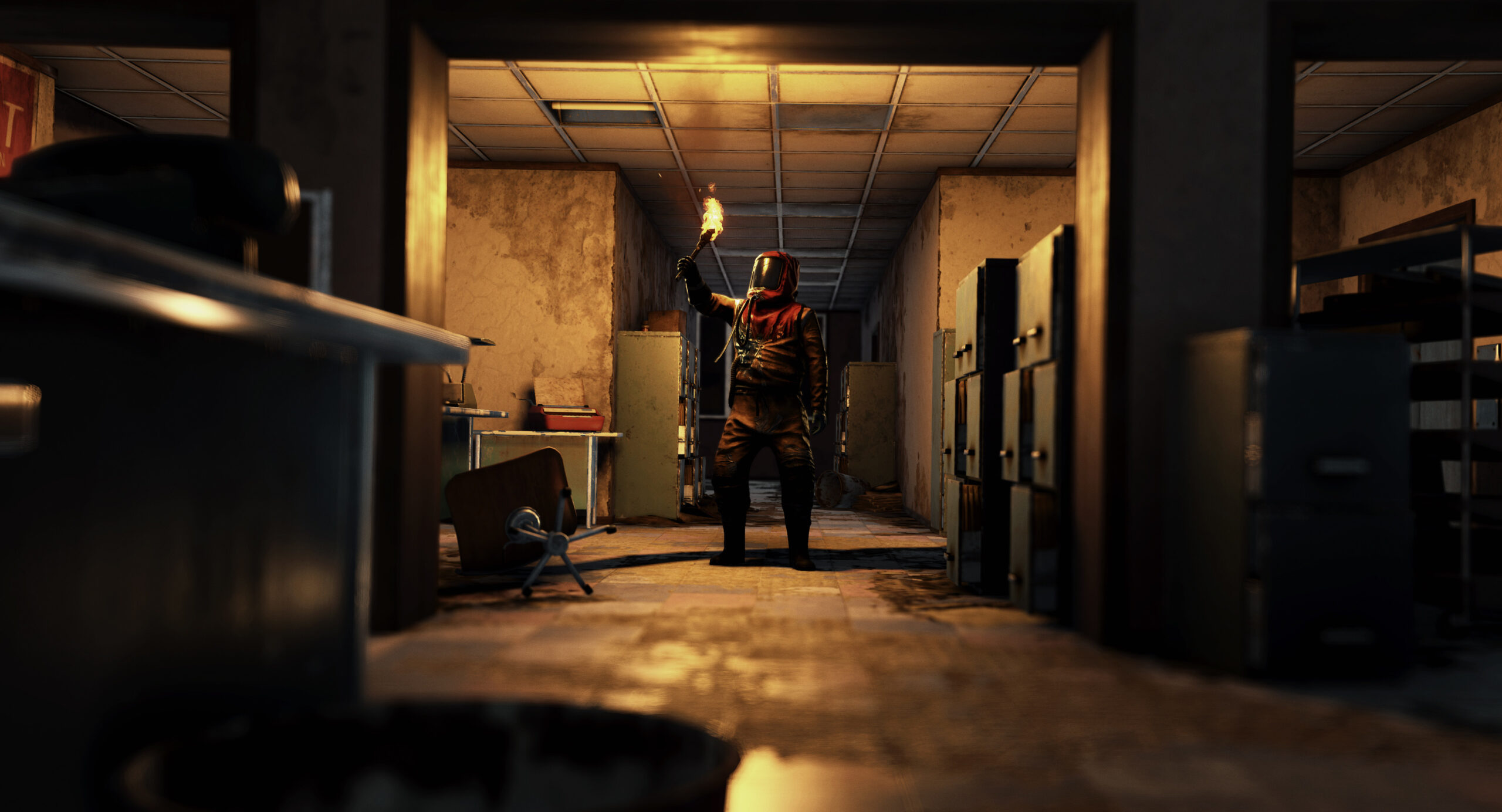
Community, Servers, and Modding
Rust thrives on its community. Player-run servers and mods shape each experience. Because of this, some servers are friendly and roleplay-heavy, while others are hardcore and unforgiving. As a result, every server feels unique, which makes the game endlessly replayable.
Reception & User Review Analysis
- Recent Reviews: Very Positive — 82% of 10,696 (Recent)
- All Reviews: Very Positive — 87% of 1,038,940 (All Time)
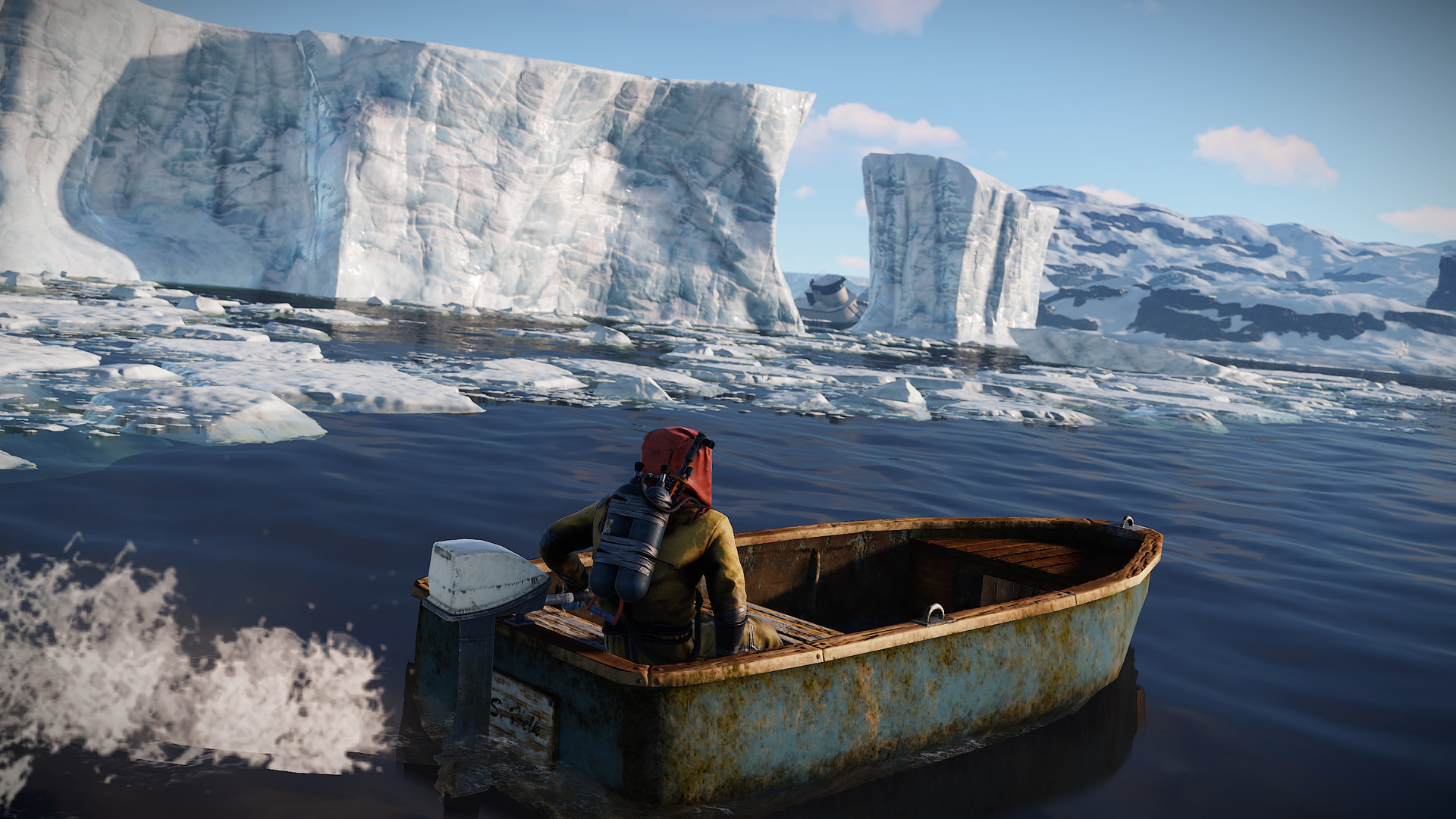
Overall, players still love Rust. The 87% all-time rating shows long-term respect, while the 82% recent score suggests mixed feelings about new changes or the constant tension of online survival. In other words, Rust remains popular, but not without friction.
Common praise in the reviews highlights:
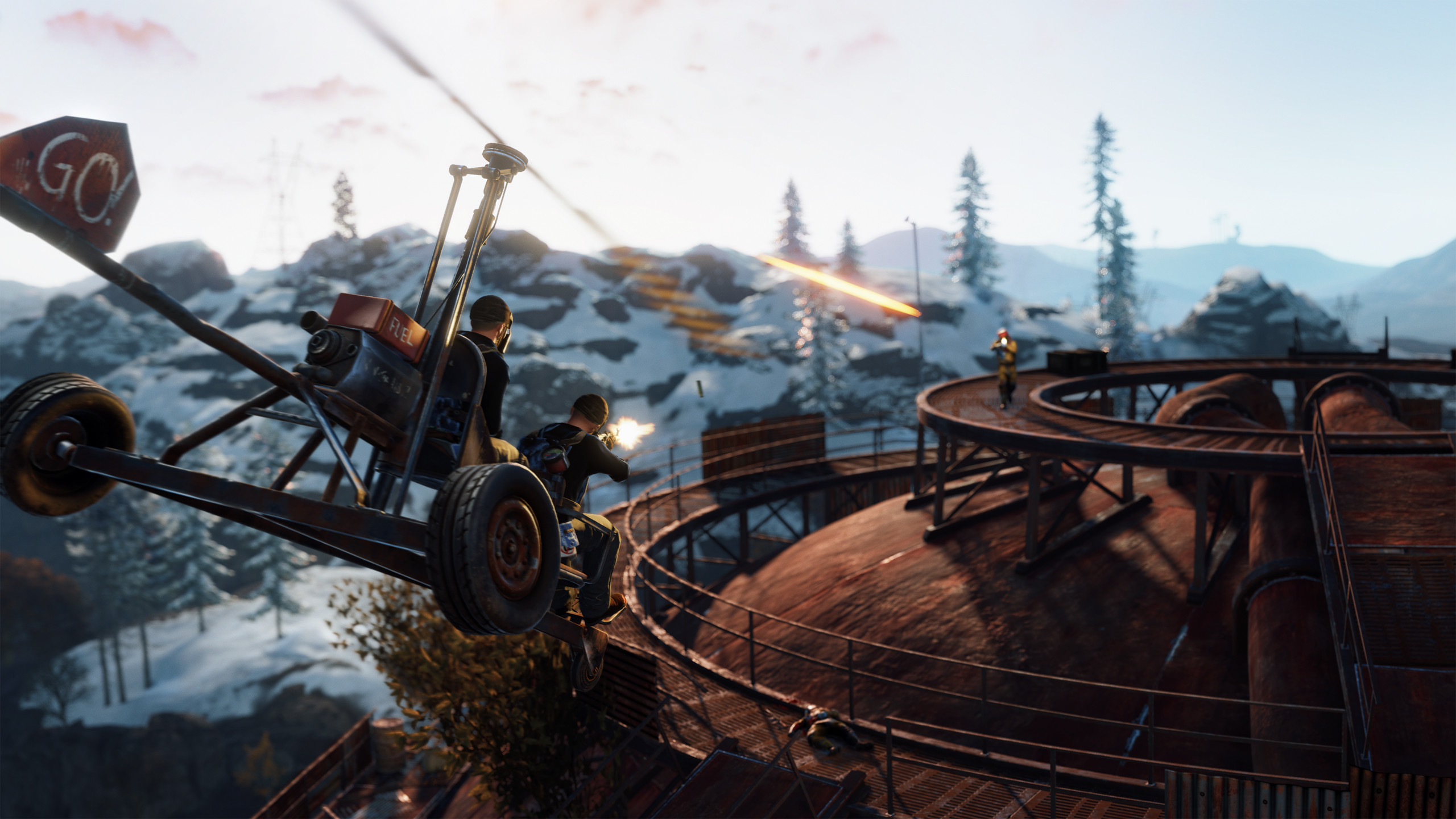
- Constant updates and active dev support.
- High-stakes PvP that creates memorable moments.
- Depth of systems like automation, vehicles, and modding.
- Strong server variety and community tools.
Common criticisms include:
- Toxic player behavior on many servers.
- Steep learning curve, especially for newcomers.
- Performance issues after major updates.
- Grind-heavy and punishing for casual or solo players.

Comparisons to Similar Titles
- DayZ: More survival-horror, less building. Rust is bigger on raids and bases.
- Ark: Focuses on taming creatures, while Rust is about player conflict and building.
- Conan Exiles: Friendlier for co-op and lore fans, but less harsh than Rust.
- The Forest: More narrative and co-op; Rust is large-scale PvP.
- Valheim: Cozy survival with bosses, while Rust thrives on chaos and raids.
Strengths
- Player-driven stories with unique outcomes.
- Endless updates and developer dedication.
- Huge modding support and server tools.
- Complex systems that reward skill.
- Modern visuals that match the tone.
Weaknesses
- Newcomers face toxic players and steep barriers.
- Grind can burn out casual players.
- Raiding meta sometimes feels repetitive.
- Occasional bugs or balance issues.
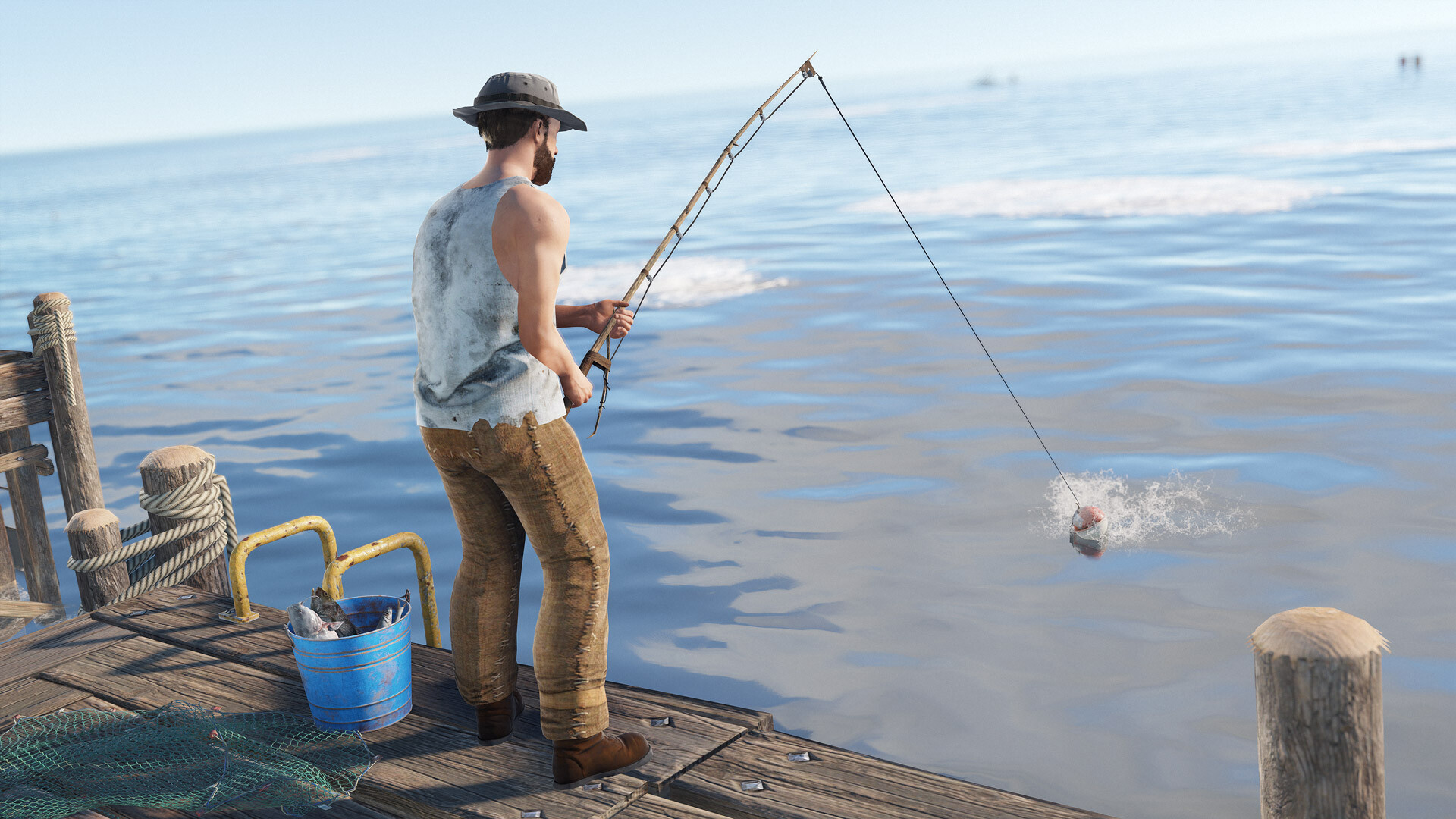
Who Should Play Rust?
Rust is best for players who love unpredictable multiplayer, PvP battles, and building advanced bases. However, it demands patience and time. Newcomers should start on roleplay or modded servers to learn safely before joining hardcore wipes.
Final Thoughts
Rust is a survival giant. It pioneered base-building PvP and shaped the genre. Its strengths lie in its depth, community, and ongoing updates. On the other hand, its weaknesses — griefing, grind, and steep entry — come from the same freedom that makes it great.
If you want sandbox chaos, player politics, and engineering challenges in a hostile world, Rust remains one of the most rewarding multiplayer games today. Just remember: everything wants you dead — and that’s the point.
